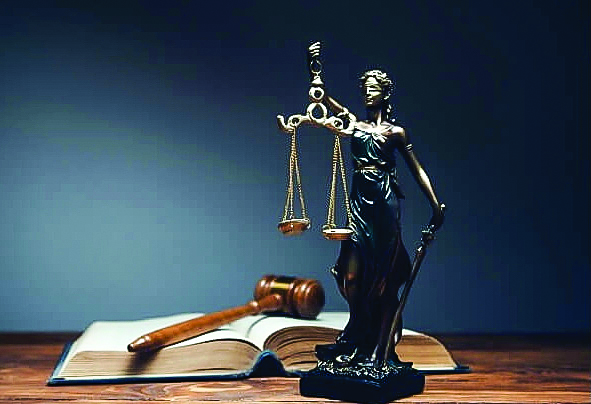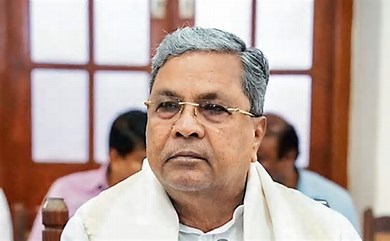
Finally, from July 1st, the new criminal law has been implemented in India, replacing the old one after extensive discussions and agitations. As a social researcher and a legal professional to some extent, I appreciate the changes the legislature has introduced to address criminal issues. However, I would like to draw attention to one of the critical issues faced by the third gender since the Bhoorah Murder Case, dating back to the British period and persisting until now.
The current Bharatiya Nyaya Sanhita (BNS) speaks about gender-neutral laws and, for the first time, includes the definition of gender under Section 2(10). It states, “The pronoun ‘he’ and its derivatives are used for any person, whether male, female, or transgender.” The explanation clarifies that “transgender” shall have the meaning assigned to it in Clause (k) of Section 2 of the Transgender Persons (Protection of Rights) Act, 2019. This is the only provision where the term “transgender” is used in the entire BNS. In the chapter on sexual offences, the BNS is silent about the protection of the rights of the third gender.
Although Section 140(4) of the BNS states that “Whoever kidnaps or abducts any person to subject them to grievous hurt, slavery, or unnatural lust, or knowing it likely that such person will be subjected to such, shall be punished with imprisonment for up to ten years and a fine,” this is a gender-neutral provision. No other section particularly related to sexual offenses addresses the issues of the third gender.
The third gender groups are indeed fewer in number compared to the total population of India. According to the 2011 census, India recorded over 487,000 people identifying as the third gender, mostly from Uttar Pradesh. Their population might be small, but they are human too, experiencing the same pain and mental trauma when subjected to rape and sexual offenses.
The only punishment provisions for offenses against the third gender and transgender individuals are found in The Transgender Persons (Protection of Rights) Act, 2019. Section 18 states that anyone who compels or entices a transgender person into forced labor, denies them access to public places, forces them to leave their residence, or harms them physically or mentally shall be punishable with imprisonment of six months to two years and a fine. This section might contradict the new BNS.
Another significant issue is that neither the old Criminal Procedure Code (CRPC) nor the Bharatiya Nagarik Suraksha Sanhita (BNSS), 2023, discusses arrest provisions for the third gender. There are specific procedures for the arrest of women but none for the third gender. Additionally, there are no separate prisons for the third gender which is again a legal issue.
Like many, I had great expectations from the Bharatiya Nyaya Sanhita, 2023, and the Bharatiya Nagarik Suraksha Sanhita (BNSS), 2023, especially regarding third gender protection. Here, I am not using the term transgender for them because hijras or third genders suffer from hermaphroditism, a disorder related to sexual development. True hermaphroditism, sometimes referred to as ovotesticular syndrome, is an intersex condition where an individual is born with both ovarian and testicular tissue. Hijras are physically male but have a feminine identity, taking on feminine roles and dressing like women. They do not conform to traditional notions of male or female gender but move between the two. Hijras choose their own gender identity.
Through this article, I want to highlight that hijras and kinners are different from other transgender persons in terms of their medical conditions. Their condition has been a bane for them since the colonial era when they were considered criminals under the Criminal Tribes Act. Although the act was repealed after independence, these individuals continue to suffer from sexual offenses, psychological abuse, and severe societal trauma. Even after gaining the status of the third gender in National Legal Services Authority vs. Union of India, (2014) 5 SCC 438, they did not receive full benefits. For instance, there are no separate toilets for the third gender in India, even in educational institutions, public places, or offices.
Regarding the new criminal law, it is true that the law has become gender-neutral to some extent. For example, the term ‘minor girl’ in Section 366A of the IPC has been replaced with ‘child’ in Clause 96 of the BNS to cover both male and female children below 18 years, and the offense of procurement has been made punishable. While many positive changes have been made in the BNS, the act remains silent on rape and sexual offenses related to the third gender in India, an issue that needs to be addressed. Either amendment is required in BNS or in the Transgender Act because that is a separate act which particularly enacted for the transgenders and third genders to address the issues discussed above.
Dr. Pyali Chatterjee, HOD, Faculty of Law, ICFAI, University, Raipur, Chhattisgarh
Mail id- pyali@iuraipur.edu.in















